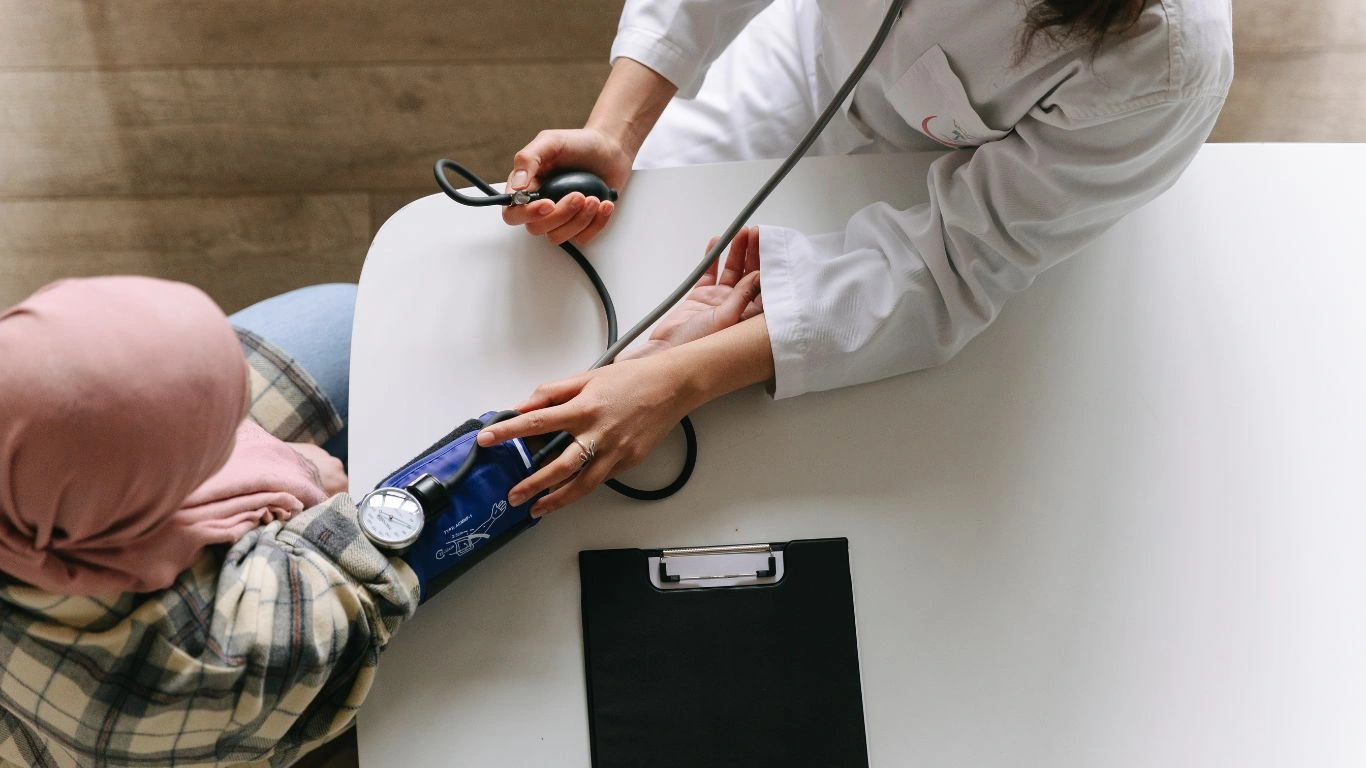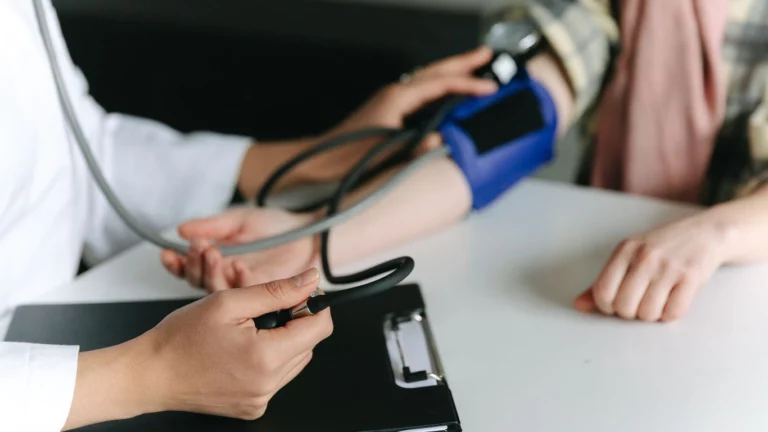How to Monitor Hypertension with Wearables – Your Ultimate Guide
Ever wondered how to stay on top of your blood pressure without those regular doctor visits? Well, wearables are making it easier than ever to track hypertension in real time. In this guide, we’ll dive into how you can use these devices to monitor your blood pressure and stay on top of your health.
 Hypertension, or high blood pressure, is a serious condition that affects millions of people worldwide. The good news is, you don’t have to rely solely on doctor visits to manage it. Thanks to advances in technology, you can now track your blood pressure right from your wrist or arm with wearables. But how exactly do these devices work? And are they reliable enough to monitor your hypertension effectively? Let’s break it down.
Hypertension, or high blood pressure, is a serious condition that affects millions of people worldwide. The good news is, you don’t have to rely solely on doctor visits to manage it. Thanks to advances in technology, you can now track your blood pressure right from your wrist or arm with wearables. But how exactly do these devices work? And are they reliable enough to monitor your hypertension effectively? Let’s break it down.
Why Monitoring Hypertension Is Crucial
First off, why should you care about monitoring your blood pressure regularly? Well, hypertension often comes with little to no symptoms, which means you could have it without even knowing. This is why it’s sometimes called the “silent killer.” Over time, untreated hypertension can lead to serious health issues, like heart disease, stroke, and kidney damage. By keeping track of your blood pressure, you can catch any spikes early and take steps to prevent those long-term problems. And this is where wearables come into play—making monitoring a lot less of a hassle.
What Are Wearables for Hypertension?
When people talk about wearables, they’re usually referring to devices like fitness trackers and smartwatches. These gadgets can do a lot more than just track steps or monitor your heart rate. Some of them now come equipped with sensors that allow you to measure your blood pressure, and they sync directly to your phone or health app for easy tracking. 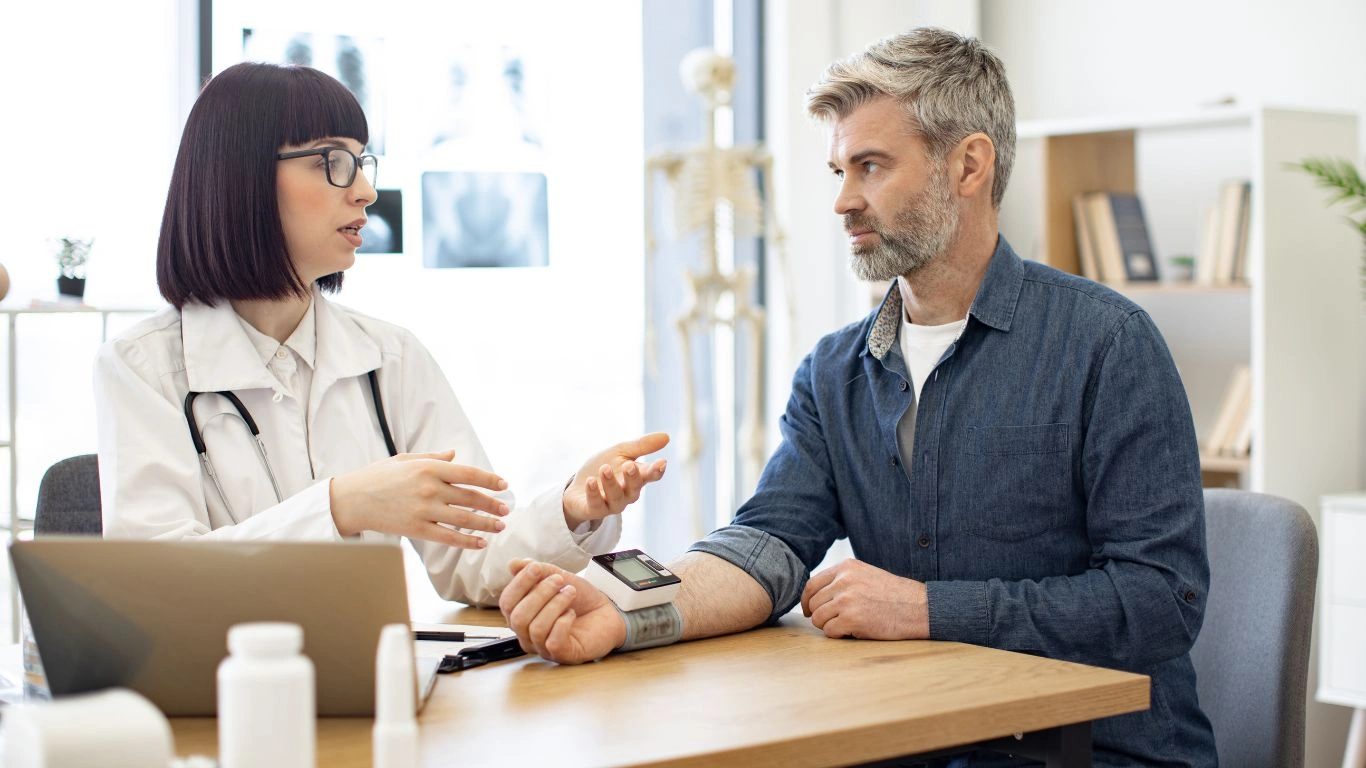 There are two main types of wearables for blood pressure monitoring:
There are two main types of wearables for blood pressure monitoring:
1. Smartwatches with BP Tracking
Some smartwatches, like the Apple Watch (with added accessories) or Fitbit Charge, have sensors that can monitor your heart rate and blood pressure. While they may not be as accurate as traditional cuff-based devices, they can give you a quick reading to track trends over time.
2. Dedicated Blood Pressure Wearables
There are also devices like the Omron HeartGuide, a smartwatch-style device specifically designed to monitor blood pressure. These devices use the same inflatable cuffs you’d find in a doctor’s office, but in a wearable format, providing more accurate readings than basic fitness trackers.
How Do These Wearables Work?
The technology behind wearables for blood pressure monitoring can get a bit complex, but I’ll break it down simply. Wearables that measure blood pressure typically use a few different methods to get their readings:
1. Optical Sensors
Some wearables, like the Apple Watch, use optical sensors (called photoplethysmography or PPG) to measure your heart rate and estimate blood pressure. These sensors shine light into your skin and detect changes in blood volume with each heartbeat.
2. Inflatable Cuffs
Dedicated devices like the Omron HeartGuide use a miniaturized inflatable cuff that inflates around your wrist (or upper arm) to take a measurement. This is similar to the traditional blood pressure cuff used at the doctor’s office but in a compact, wearable form.
3. Pulse Wave Analysis
Some devices use algorithms to estimate your blood pressure by analyzing the way blood flows through your arteries, known as pulse wave velocity. While this method is less common, it’s another technique that some wearables use for blood pressure readings.
Are Wearables Reliable for Monitoring Hypertension?
Okay, now let’s get to the important question—how accurate are these wearables? Well, the accuracy of blood pressure wearables can vary, and they might not replace traditional medical devices, but they’re still pretty helpful for tracking trends. 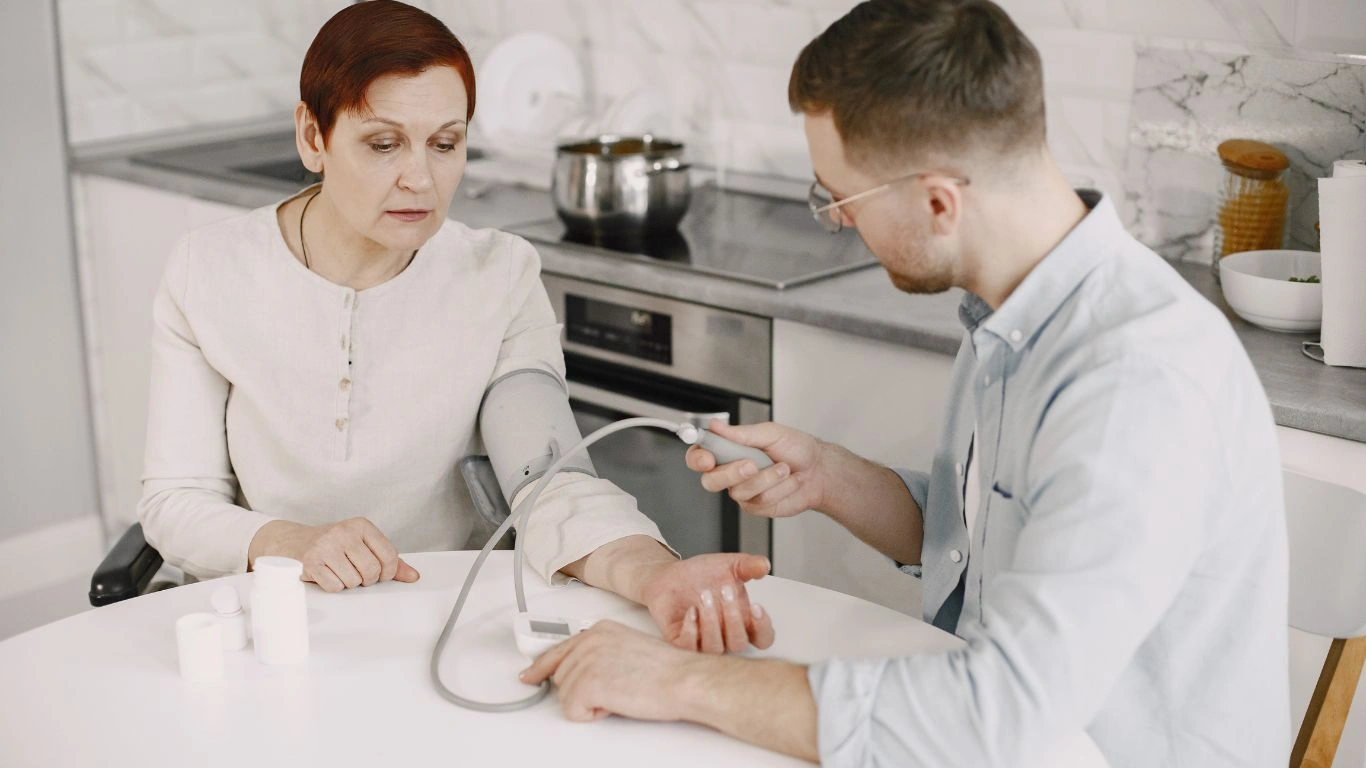 Generally speaking, wearables that use optical sensors or pulse wave analysis are good for giving you a general idea of what your blood pressure might be doing, but they may not be as precise as a standard cuff-based device. However, devices like the Omron HeartGuide, which use inflatable cuffs, tend to be more accurate. But remember, these wearables are still a great tool for monitoring your blood pressure regularly at home. You can track your numbers over time and catch any spikes or dips that might indicate a problem, giving you and your doctor more data to work with.
Generally speaking, wearables that use optical sensors or pulse wave analysis are good for giving you a general idea of what your blood pressure might be doing, but they may not be as precise as a standard cuff-based device. However, devices like the Omron HeartGuide, which use inflatable cuffs, tend to be more accurate. But remember, these wearables are still a great tool for monitoring your blood pressure regularly at home. You can track your numbers over time and catch any spikes or dips that might indicate a problem, giving you and your doctor more data to work with.
Benefits of Monitoring Hypertension with Wearables
There are plenty of reasons to love tracking your blood pressure with wearables:
- Convenience: No need to visit the doctor for regular blood pressure checks—just wear the device and get your readings anytime.
- Real-time Feedback: Some wearables can alert you if your blood pressure is getting too high, so you can take action immediately.
- Track Trends Over Time: Wearables allow you to monitor your blood pressure continuously, making it easier to spot patterns and make lifestyle changes.
- Improved Communication with Your Doctor: Many wearables sync with health apps, allowing you to share your data with your healthcare provider. This can help you make more informed decisions about your treatment.
Top Wearables for Hypertension Monitoring
If you’re ready to start tracking your blood pressure with a wearable, here are a few devices to consider:
1. Omron HeartGuide
This is probably the most well-known blood pressure wearable. It’s a smartwatch with an inflatable cuff built right in, providing accurate readings comparable to traditional devices. It’s an excellent option for people who need reliable, medical-grade accuracy.
2. Withings BPM Connect
Although not technically a wearable in the traditional sense (it’s more of a blood pressure monitor you can use on your upper arm), this device syncs to your phone and provides clear readings. It’s perfect if you want something more traditional but still tech-savvy.
3. Fitbit Charge 5
While it doesn’t offer exact blood pressure readings, the Fitbit Charge 5 tracks your heart rate and gives insights into your overall cardiovascular health, which can help you monitor trends that affect hypertension.
Tips for Using Wearables to Monitor Hypertension
To get the most accurate readings from your wearable, keep these tips in mind:
- Wear the device correctly: Make sure the device is positioned correctly on your wrist or arm and is snug but not too tight.
- Calibrate regularly: If you’re using a wearable with a cuff (like the Omron HeartGuide), it’s a good idea to calibrate it with a traditional device to ensure accuracy.
- Track consistently: For the best results, monitor your blood pressure at the same time each day to spot trends.
- Consult your doctor: Always share your readings with your healthcare provider, especially if they seem consistently high or low.
Conclusion
Wearables are a game-changer when it comes to monitoring hypertension. They make it easier to track your blood pressure in real time, stay on top of your health, and even catch potential issues before they become serious. While they might not replace your doctor’s office visits, they’re a great tool for managing your hypertension daily. 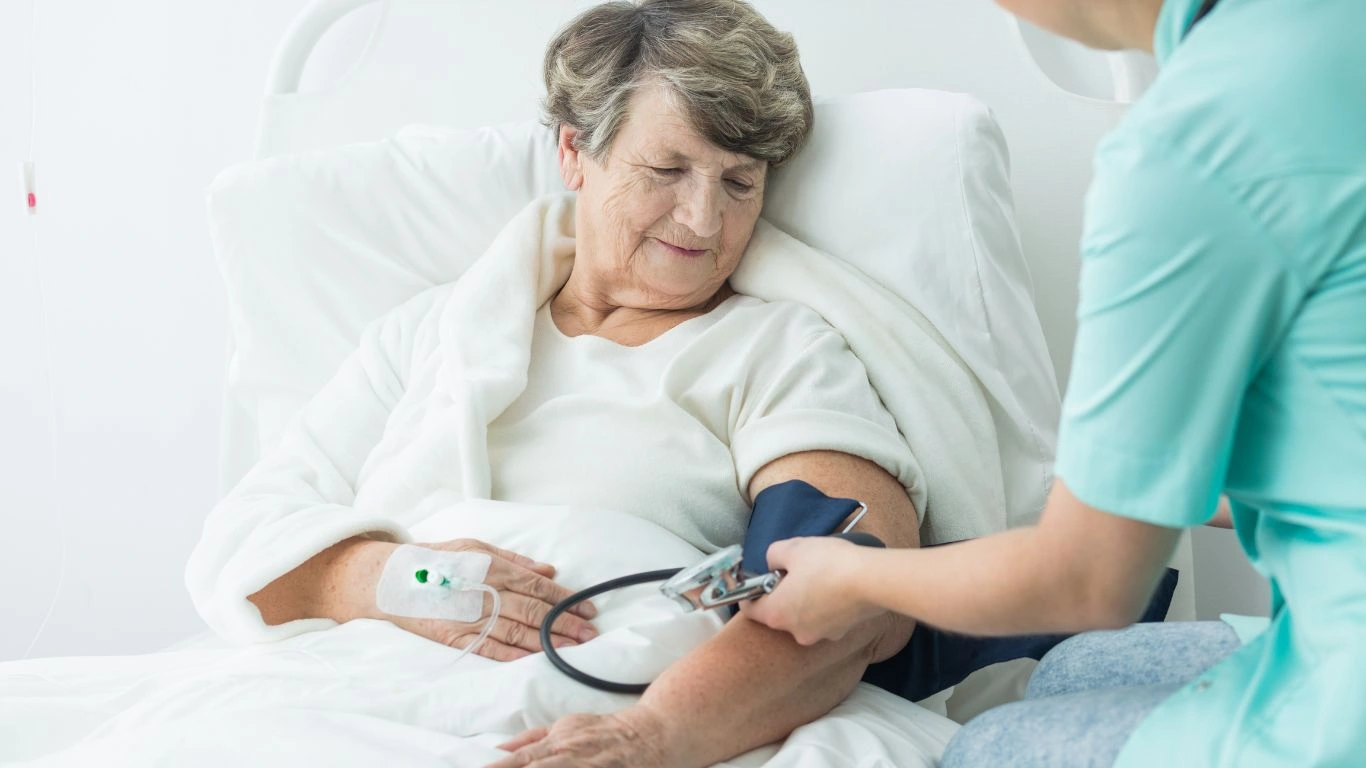
Appendices
FAQs
Here are some frequently asked questions about using wearables to monitor hypertension:
- Can wearables replace regular blood pressure check-ups? While wearables are great for tracking trends, they shouldn’t replace regular check-ups with your doctor. They can, however, provide valuable data to help with your treatment plan.
- How accurate are blood pressure wearables? Wearables like the Omron HeartGuide, which use inflatable cuffs, are more accurate than those that rely on optical sensors. Always calibrate your device regularly for the best accuracy.
- Do I need a prescription for a blood pressure wearable? No, most wearables don’t require a prescription, though you should always consult your doctor before starting any new health-monitoring method.
- How often should I check my blood pressure with a wearable? Aim to check your blood pressure at the same time each day to track trends effectively. Consistency is key!
- Can I use a wearable device with other health apps? Many wearables sync with health apps like Apple Health, Google Fit, or other specialized health monitoring apps, making it easier to share data with your doctor.
References
For more detailed information on wearable devices for hypertension, check out these resources:
- American Heart Association (2023). “Using Wearables to Manage Hypertension.” Read More
- National Institutes of Health (2023). “Hypertension and Wearable Devices.” Read More
Disclaimer: The information provided here is for educational purposes only. Always consult with your healthcare provider to manage your hypertension and determine the best monitoring methods for your health.

Dr. Gwenna Aazee is a board-certified Internal Medicine Physician with a special focus on hypertension management, chronic disease prevention, and patient education. With years of experience in both clinical practice and medical writing, she’s passionate about turning evidence-based medicine into accessible, actionable advice. Through her work at Healthusias.com, Dr. Aazee empowers readers to take charge of their health with confidence and clarity. Off the clock, she enjoys deep dives into nutrition research, long walks with her rescue pup, and simplifying medical jargon one article at a time.
